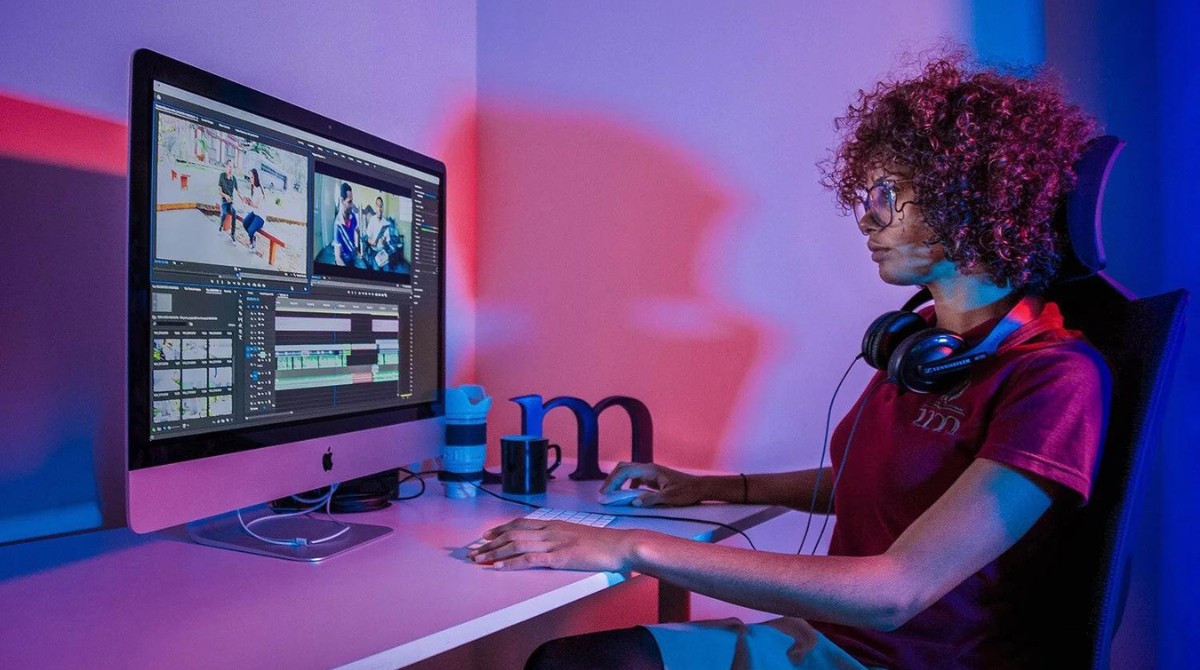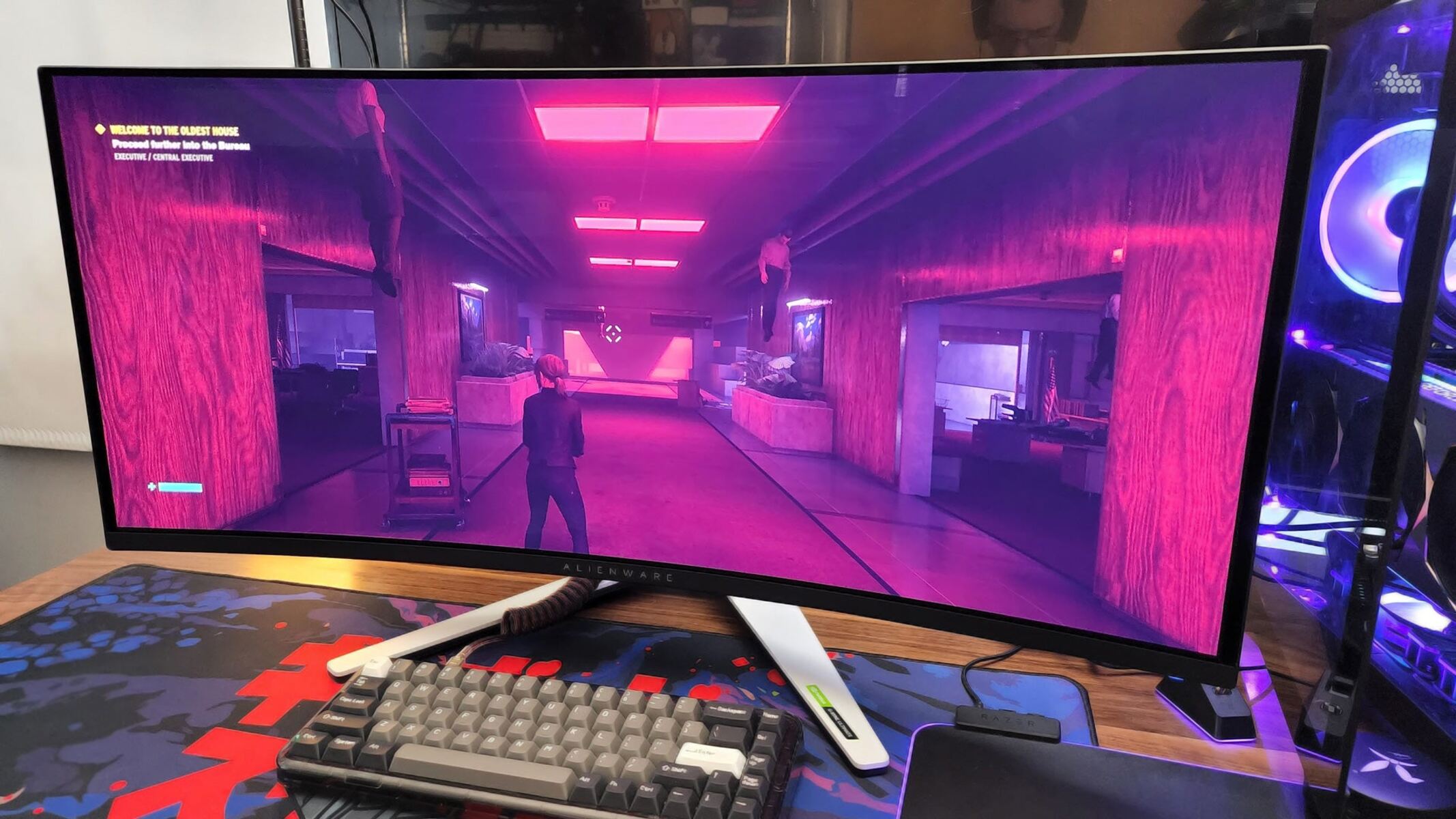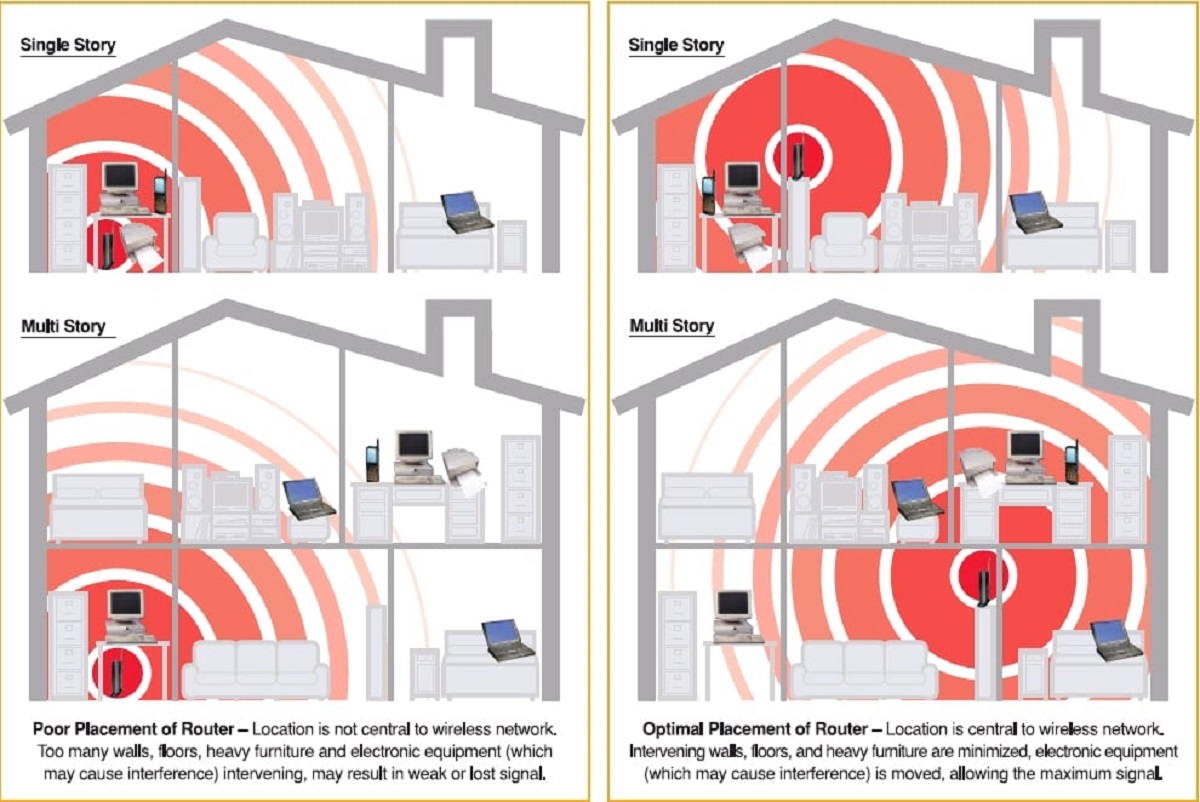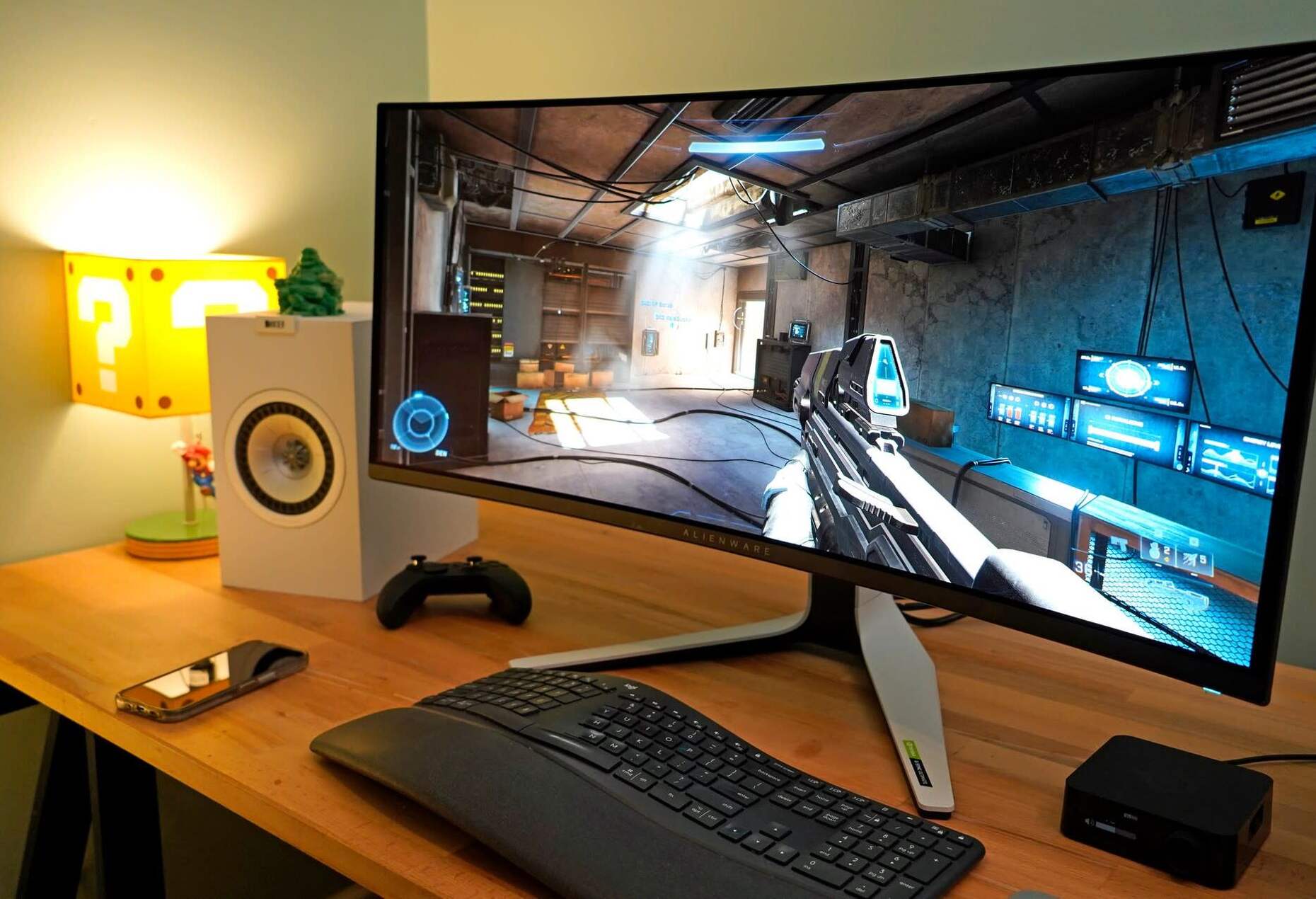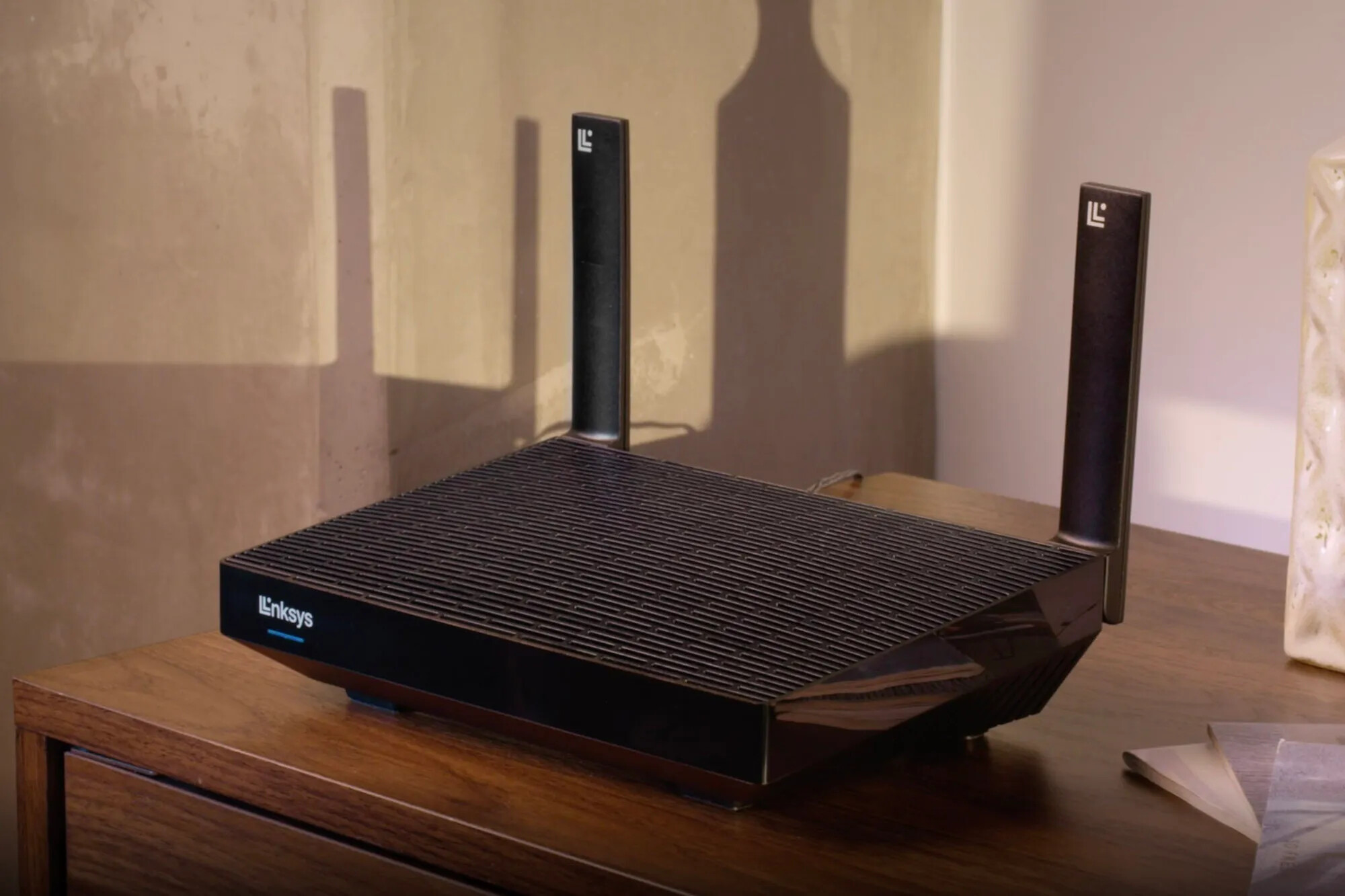The Importance of Monitor Placement
When it comes to creating a comfortable and productive work environment, monitor placement plays a crucial role. The position of your monitor not only affects your viewing experience but also has a significant impact on your overall well-being. Finding the optimal distance for your monitor can reduce eye strain, improve posture, and enhance your overall productivity.
One of the primary reasons why monitor placement is important is to ensure that you maintain a healthy viewing angle. A monitor that is positioned too high or too low can cause neck and shoulder strain, leading to discomfort and potential long-term health issues. Similarly, if your monitor is too close or too far away, it can strain your eyes, causing eye fatigue, headaches, and blurry vision.
Proper monitor placement also helps in maintaining good posture. Placing your monitor at the correct distance and height allows you to sit with a straight back, preventing slouching or straining your neck. This can reduce the risk of developing musculoskeletal problems like back pain and neck strain.
Another benefit of optimal monitor placement is improved productivity. When your monitor is at the right distance, you can easily read text and view images without squinting or leaning forward. This reduces the need for constant adjustments and helps you focus on your work, increasing efficiency and minimizing distractions.
Overall, proper monitor placement is crucial for creating a comfortable and ergonomic workspace. It promotes good posture, reduces the risk of eye strain, and enhances productivity. Now that you understand the importance of monitor placement, let’s explore how to find the optimal distance for your monitor.
Finding the Optimal Distance for Your Monitor
Now that you recognize the significance of monitor placement, it’s time to determine the optimal distance for your monitor. The ideal distance will depend on various factors, including the size of your monitor, your vision, and personal preferences. Here are some guidelines to help you find the perfect monitor distance:
1. The general rule of thumb is to sit about an arm’s length away from your monitor. This distance typically ranges from 20 to 40 inches, allowing for comfortable viewing without straining your eyes.
2. Consider the size of your monitor. Larger screens generally require a greater viewing distance, while smaller screens can be positioned closer. For example, a 27-inch monitor may be most comfortable around 30-40 inches away, while a 21-inch monitor could be positioned at 20-30 inches.
3. Take your vision into account. If you have difficulty seeing small text or details, you might prefer sitting slightly closer to the monitor. Adjust the distance as needed to maintain clear visibility and minimize eye strain.
4. Experiment with different distances. Every individual’s visual acuity and comfort levels may vary. Don’t be afraid to adjust the distance and see what works best for you. Pay attention to any signs of discomfort or eye strain and make adjustments accordingly.
5. Consider the specific tasks you will be performing. If you primarily work with text, a closer distance may be preferable for easier reading. On the other hand, if you’re focused on graphic design or multimedia, a slightly farther distance may allow for a better overall view.
Remember, these guidelines serve as a starting point, and you should adapt them to suit your own needs. Finding the optimal distance for your monitor is a personal preference, and what works for one person may not work for another. Take the time to experiment and adjust until you find the most comfortable and visually pleasing setup.
Factors to Consider When Deciding Monitor Distance
When determining the ideal distance for your monitor, it’s essential to take several factors into consideration. These factors can influence your comfort, productivity, and overall viewing experience. Here are some key factors to keep in mind:
1. Screen size: The size of your monitor plays a significant role in determining the optimal viewing distance. Larger screens generally require a greater distance, while smaller screens can be positioned closer for easier visibility.
2. Screen resolution: Monitors with higher resolutions, such as 4K displays, provide sharper and more detailed images. However, they might require you to sit at a slightly farther distance to fully appreciate the increased level of detail.
3. Vision acuity: Your visual capabilities can influence the distance at which you feel most comfortable. If you have good eyesight, you may be able to sit closer to the monitor without straining your eyes. On the other hand, if you wear glasses or have visual impairments, you may prefer a slightly farther distance for better clarity.
4. Workspace setup: Consider the overall arrangement of your workspace. Factors such as desk size, chair height, and monitor height can impact the optimal monitor distance. Ensure that your setup allows for a comfortable viewing experience without any physical constraints.
5. Personal preference: Ultimately, your personal preference should be a significant factor in determining monitor distance. If you find a specific distance more comfortable or visually pleasing, prioritize your own preferences while considering the other factors mentioned.
It’s worth noting that finding the right monitor distance may require some trial and error. Experiment with different distances and observe how it affects your comfort and productivity. Pay attention to any signs of eye strain, neck or back pain, and make adjustments accordingly. Remember that everyone’s needs and preferences may differ, so it’s essential to find the distance that works best for you.
By considering these factors and fine-tuning your monitor distance, you can create an ergonomic, visually appealing, and comfortable workspace that enhances your overall work experience.
Ideal Distance for Different Monitor Sizes
Choosing the optimal distance for your monitor is not solely based on personal preference, as the size of your monitor also plays a significant role. Here are some general guidelines to help you determine the ideal distance for different monitor sizes:
– For smaller monitors (around 19 to 24 inches), a distance of about 20 to 30 inches is usually recommended. This range allows for comfortable viewing of the screen without straining your eyes.
– If you have a medium-sized monitor (around 27 inches), you may find it more comfortable to sit a bit farther away, between 30 to 40 inches. This distance provides an optimal balance between screen visibility and eye strain prevention.
– For larger monitors (32 inches or more), consider sitting even farther away, around 40 to 50 inches. The increased screen real estate of these monitors may require a greater viewing distance to fully appreciate the content without compromising visual comfort.
Keep in mind that these guidelines are approximate and can vary depending on factors such as your vision acuity, workspace layout, and personal preferences. It’s essential to experiment with different distances and adjust accordingly to find the distance that feels most comfortable and visually pleasing to you.
Additionally, the resolution of your monitor can also impact the recommended viewing distance. Higher-resolution displays, such as 4K monitors, offer sharper images and finer details. Consequently, you may prefer sitting slightly farther away to fully enjoy the enhanced clarity.
Remember that the ideal distance for your monitor should prioritize your comfort, productivity, and overall visual experience. Finding the perfect balance will ensure that you can work efficiently without straining your eyes or compromising your posture.
Lastly, it’s important to note that these recommendations are general guidelines and may not apply to everyone. Every individual’s vision and ergonomic needs may differ, so it’s always recommended to listen to your body and make adjustments as needed to create an optimal workspace setup.
Tips for Adjusting Monitor Distance
Adjusting the distance of your monitor is essential for creating a comfortable and ergonomic workspace. Here are some practical tips to help you find the optimal monitor distance:
1. Measure and experiment: Start by measuring the current distance between your eyes and the monitor. From there, you can adjust the distance by moving the monitor closer or farther away to find the most comfortable position. Experiment with different distances until you find the sweet spot that allows for clear visibility without eye strain.
2. Use ergonomic guidelines: Follow ergonomic guidelines for monitor placement. Position the top of the monitor at or slightly below eye level, ensuring that you don’t have to strain your neck or tilt your head excessively. This helps in maintaining a neutral posture and reduces the risk of neck and shoulder discomfort.
3. Consider the viewing angle: Adjust the angle of your monitor to minimize glare and reflections. Position it perpendicularly to any light source to reduce eye strain. Additionally, if you use a multi-monitor setup, ensure that the screens are aligned and at a consistent distance for comfortable viewing.
4. Take breaks and readjust: Remember to take frequent breaks from staring at the monitor. Stand up, stretch, and give your eyes and body a rest. During these breaks, reassess your monitor distance and make any necessary adjustments based on your comfort levels.
5. Use screen scaling and font size settings: If you find yourself constantly leaning closer to read small text, consider adjusting the screen scaling or font size settings on your operating system. Increasing the size of text and icons can make them easier to read from a comfortable distance.
6. Consider dual monitors: If you use dual monitors, pay attention to the distance and alignment between them. Ensure both monitors are positioned at a consistent distance to avoid strain on your neck and eyes from constantly shifting focus.
7. Listen to your body: Ultimately, your own comfort and well-being should guide you in determining the optimal monitor distance. Pay attention to any signs of eye fatigue, neck or shoulder pain, and make adjustments accordingly. Everyone’s needs may vary, so prioritize what feels best for you.
By following these tips and finding the optimal distance for your monitor, you can create a workspace that promotes comfort, reduces strain on your eyes and body, and enhances your overall productivity.
Potential Health Issues from Incorrect Monitor Placement
Incorrect monitor placement can have negative impacts on your health and well-being. Here are some potential health issues that can arise from improper monitor distance:
1. Eye strain and discomfort: Sitting too close or too far from the monitor can strain your eyes. When the screen is too close, your eyes have to work harder to focus, leading to eye fatigue, dryness, and irritation. Conversely, sitting too far away can cause you to squint or strain to read small text, leading to similar discomfort.
2. Neck and shoulder strain: Poor monitor placement can cause you to tilt your head up or down, leading to neck and shoulder strain. If the monitor is positioned too high, you may end up straining your neck by constantly looking upwards. Conversely, if it’s too low, you might find yourself hunching over, which can lead to shoulder and back pain.
3. Musculoskeletal problems: Incorrect monitor placement can contribute to musculoskeletal issues. If your monitor is too far away, you might find yourself leaning forward and adopting a poor posture to better see the screen. This can strain your back, neck, and shoulders, leading to postural problems and potential long-term musculoskeletal complications.
4. Headaches and migraines: Straining your eyes due to improper monitor distance can result in headaches and migraines. Over time, the constant eye strain can trigger recurring headaches and disrupt your ability to focus and concentrate on your work.
5. Visual problems: Prolonged exposure to improper monitor placement can negatively impact your vision. Chronic eye strain, blurry vision, and difficulty focusing on distant objects are some of the visual problems that can arise from a poorly positioned monitor.
6. Reduced productivity: Discomfort and health issues resulting from incorrect monitor placement can significantly impact your productivity. Constant distractions from eye strain or physical discomfort can hinder your ability to concentrate on tasks and may lead to decreased work efficiency.
It’s essential to be mindful of these potential health issues and take steps to avoid them. By ensuring proper monitor placement, you can minimize the risk of these problems occurring and create a healthier and more ergonomically sound workspace.
Final Thoughts on Monitor Distance
Choosing the right monitor distance is crucial for creating a comfortable and productive work environment. By considering factors such as monitor size, resolution, vision acuity, and workspace setup, you can optimize your viewing experience and reduce the risk of health issues.
Remember, the ideal monitor distance varies for each individual. It’s important to experiment with different distances and make adjustments based on your comfort levels. Pay attention to any signs of eye strain, discomfort, or musculoskeletal problems, and reevaluate your monitor placement accordingly.
Additionally, prioritize ergonomics by ensuring that your monitor is positioned at eye level and that you maintain a good posture while working. Take regular breaks, adjust screen settings, and listen to your body to maintain optimal visual comfort and overall well-being.
Keep in mind that while guidelines and recommendations can provide a starting point, personal preference should ultimately inform your decisions. What works for one person may not work for another, so trust your instincts and find the distance that promotes your comfort and enhances your productivity.
Lastly, monitor distance is just one aspect of creating a healthy workspace. Remember to incorporate other ergonomic practices such as proper desk and chair height, adequate lighting, and regular movement to create a well-rounded and supportive work environment.
Overall, finding the optimal monitor distance is a dynamic process that requires attention to detail, experimentation, and responsiveness to your own needs. By prioritizing comfort, ergonomics, and visual well-being, you can create a workspace that allows you to work efficiently and comfortably for extended periods, ultimately leading to enhanced productivity and overall satisfaction.









